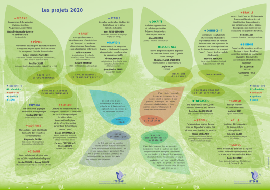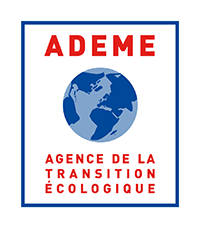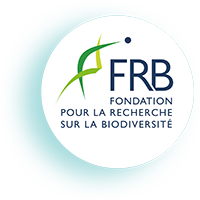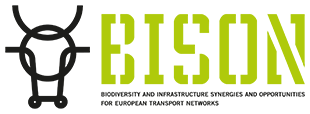[2017] DECHIR, Ecological fragmentation and bats
- DECHIR, Ecological fragmentation and bats
Ecological fragmentation is one of the first causes of biodiversity loss (Fahrig 2003). The development of urbanization, agricultural production, energy production and especially linear transport infrastructure (LTI) are all human activities that can lead to fragmentation dynamics within landscapes. However, this fragmentation of habitats is known to impact the flow of individuals between populations and consequently gene flows between populations. In the case of low dispersal species and with the context of small populations, this reduction in gene flow, even if reduced, may lead to a threat to the viability of these populations.
The green and blue weave is a regulatory tool for the preservation of biodiversity that aims to maintain and restore a functional ecological network on the national territory so that animal and plant species can ensure their survival, allowing their movement between favorable habitat patch (reinforcing the policy of protected areas). It must be taken into account in the development projects and in particular during the implementation of the « avoid, reduce, offset » measures. To do this, it is essential to understand the impact of different types of development on the quality of connectivity within landscapes, to ensure a good preservation of biodiversity and therefore the sustainability of human activities that take place there.
However, currently, in the context of ILT projects, there is almost no evaluation of the effectiveness of the « avoid, reduce, offset » sequence in maintaining the metapopulation functioning of bats, and in particular the evaluation of the impact of bats. ILT on gene flow. This is despite the stakes around this globally threatened taxon (Mickleburgh et al., 2002) and the commitments of European countries to restore the conservation status of these species (Flora Fauna Habitat Directive 1992, 2009 [articles 16 and 9]).
It will therefore be necessary, by innovative methods and breaking conventional approaches, to fill gaps in the knowledge of the impact of LTI on rare and endangered species in order to better define biodiversity management policies. .
The objectives are: (i) to provide a better understanding of the knowledge elements that constitute the connectivities in the landscape and (ii) to propose to the building owners a method of evaluation in order to know the effectiveness of the transparency works ecological (frequentation and flow of bats).
The project DÉCHIR is organized around 3 axes:
Axis 1: Importance of ecological corridors in daily movements;
Axis 2: Efficiency of aerial structures of ecological transparency (chiropteroducts in particular);
Axis 3: Effect of linear transport infrastructures on the gene flows of bat populations.












